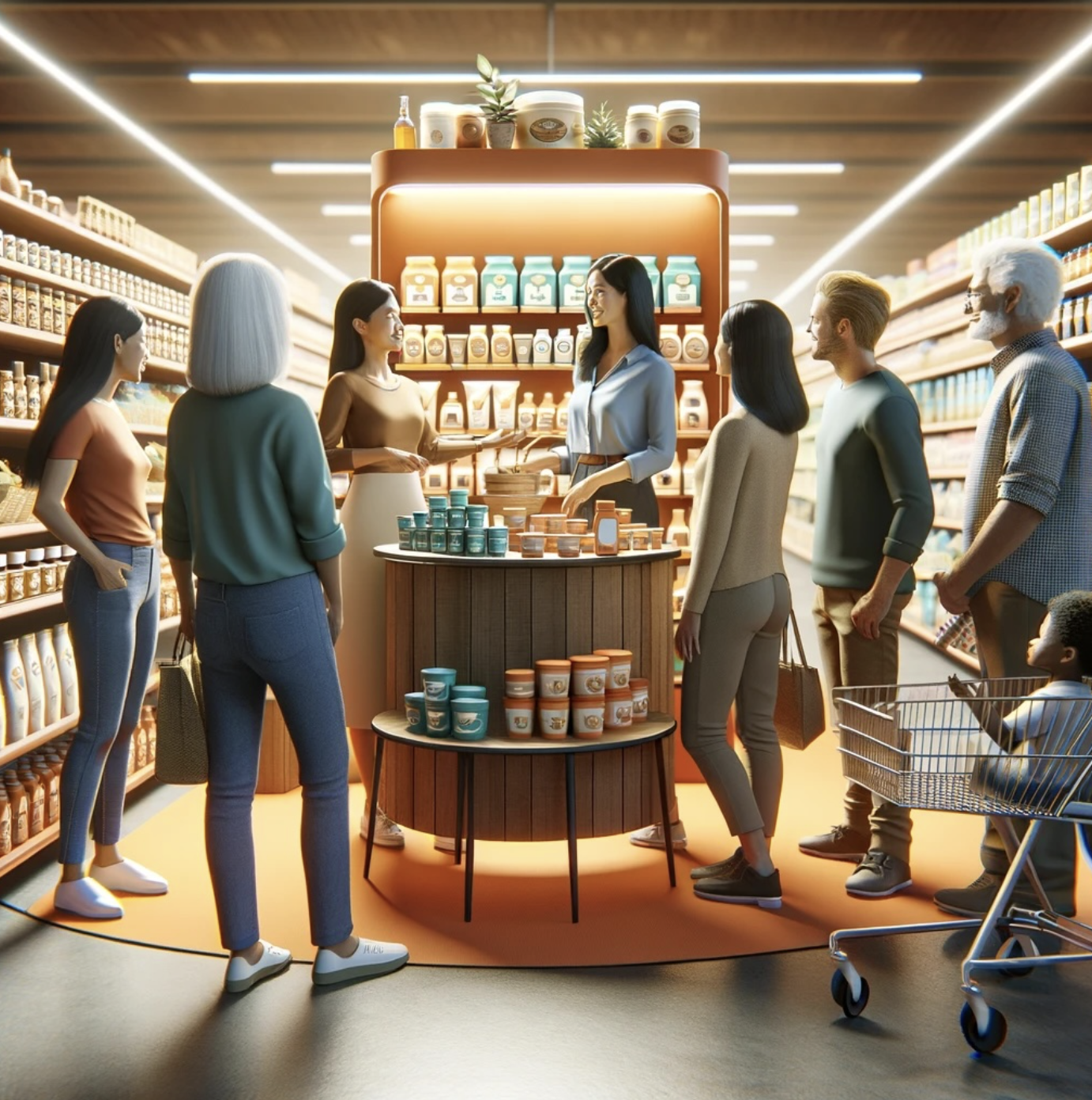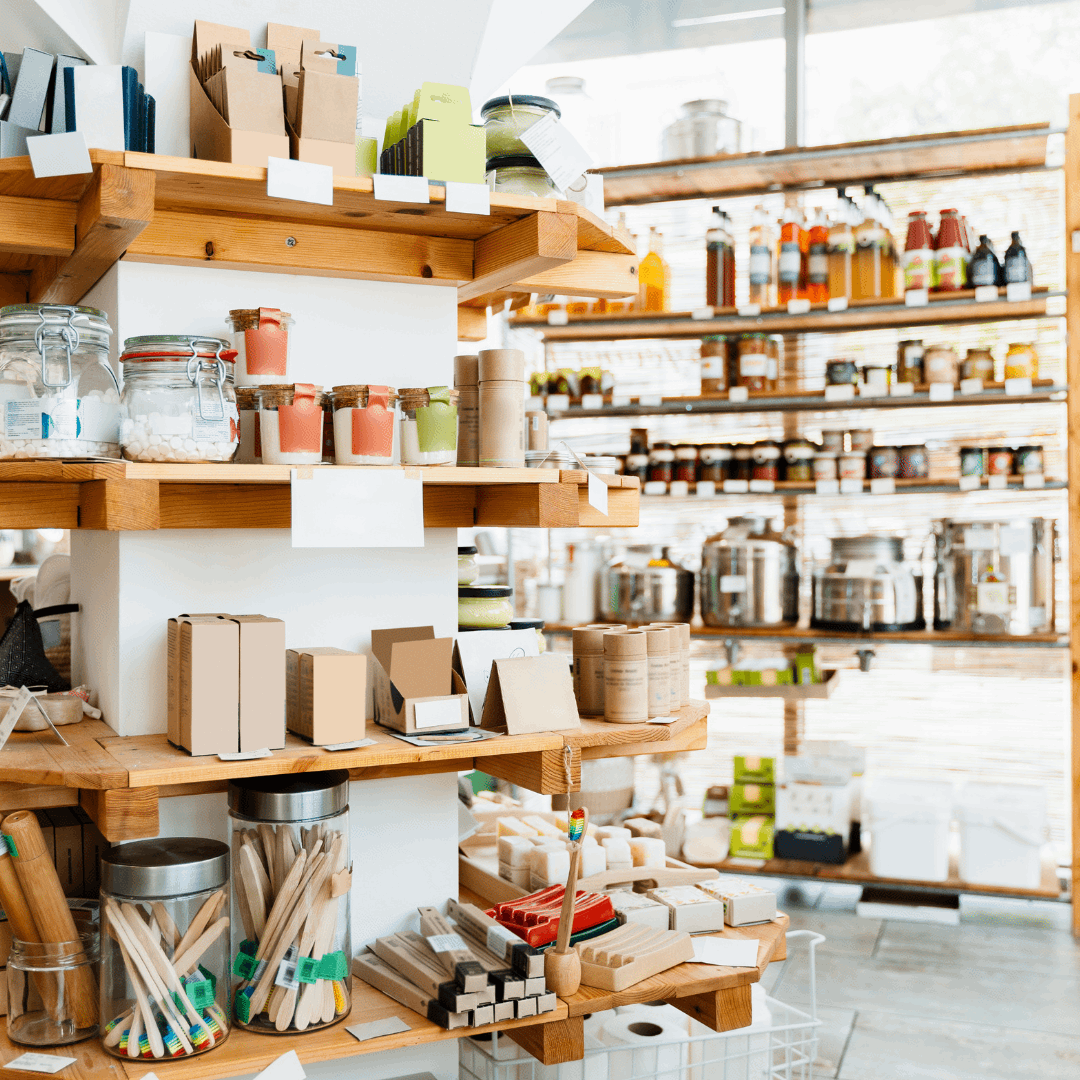Navigating the retail landscape is as challenging as it is rewarding, especially for emerging brands stepping into the market. This guide serves as your roadmap to mastering the art of in-store demonstrations, turning everyday interactions into CPG growth opportunities.
The Power of Live Interaction
In the bustling aisles of today’s retail spaces, in-store demonstrations act as live events that bring products to life. More than just a chance to sample, these demonstrations serve as educational platforms where consumers, perhaps meeting your product for the first time, can learn and engage actively.
For emerging CPG food brands, impactful demonstrations often accelerate the journey to recognition and success. These are not just retail sales opportunities but resonate deeply with consumers, providing a substantial return on investment compared to broader digital campaigns. By focusing on activities close to the point of sale, brands can boost immediate retail velocity—a crucial factor in securing shelf space and venturing into new retail markets.
Strategic Planning for Demonstrations
The Nightmare of Stockouts
A well-planned demonstration can quickly turn sour if the product runs out. It's usually prudent to call stores a few weeks ahead to alert them of your upcoming demo and ensure they have enough stock. A final check a few days before the event can prevent the disappointment of an unproductive demo, where investment yields no actual engagement due to stock unavailability.
Distributor portals offer insights into the supply chain, helping ensure that products are delivered on time for demonstrations. While not a real-time solution, they are valuable for planning and confirming product availability.
Choosing the Right Type of Demo
Deciding between a full-focus or a split demo affects both impact and costs. Full-focus demos offer an immersive experience dedicated entirely to your brand, while split demos can offer cost savings and potential collaborative benefits. It’s advisable to have control over choosing your split demo partner to align with your brand’s values and market goals.
Optimizing Scheduling
Start demos in only the top (aka "A") stores in the chain. These are the ones with the highest foot traffic and where you'll have the highest probability of getting an ROI. You can expand to the "B" stores if those go well.
To maximize engagement, schedule demos during peak shopping times. NEVER let your demo company get you to do demos on the slowest days unless they give you a big discount. The best returns are found during high foot traffic times. Continuity also helps—repeating demos at the same time and day for consecutive weeks can significantly enhance long-term sales.
Measuring the Success of Demonstrations
Effective data tracking is vital. Your demo agency should monitor the stock levels at the beginning and end of each demo to measure immediate retail sales impact. Additionally, comparing retail data from before and after the demos can help assess the long-term success and consumer adoption following the events. If you don't see an increase in retail velocity after a demonstration, it may indicate that your suggested retail price is too high, or the quality of your products may not meet consumer expectations.
Consider visiting or having local friends attend demonstrations as secret shoppers to verify that your demo ambassadors are effectively representing your CPG food brand and delivering value for your investment.
Conclusion
Throughout this guide, we’ve explored the nuances of planning, executing, and evaluating in-store demonstrations. These strategies are tailored to help your CPG food brand leverage in-store demos and turn them into a powerful tool for CPG growth.
Partnering with an exceptional food & beverage consultant like Vdriven can help you gain insights in finding the right CPG brand strategy and proper in-store execution that can drive CPG growth. Reach out to us today for more information.
Luke Abbott
Luke is a Senior executive, consultant, and entrepreneur with experience in raising capital, accounting, CEO coaching, and retail domination best practices. As the President of Monterrey Provisions, he scaled and grew the company from $32M to $250M+ in revenue, and launched 3 startups along the way. His academic contributions as a Professor of Supply Chain at the University of San Diego have enriched his students with practical insights, preparing them as future business leaders. Currently, as CEO and Coach at Vdriven, Luke helps emerging brands in all aspects of retail.






